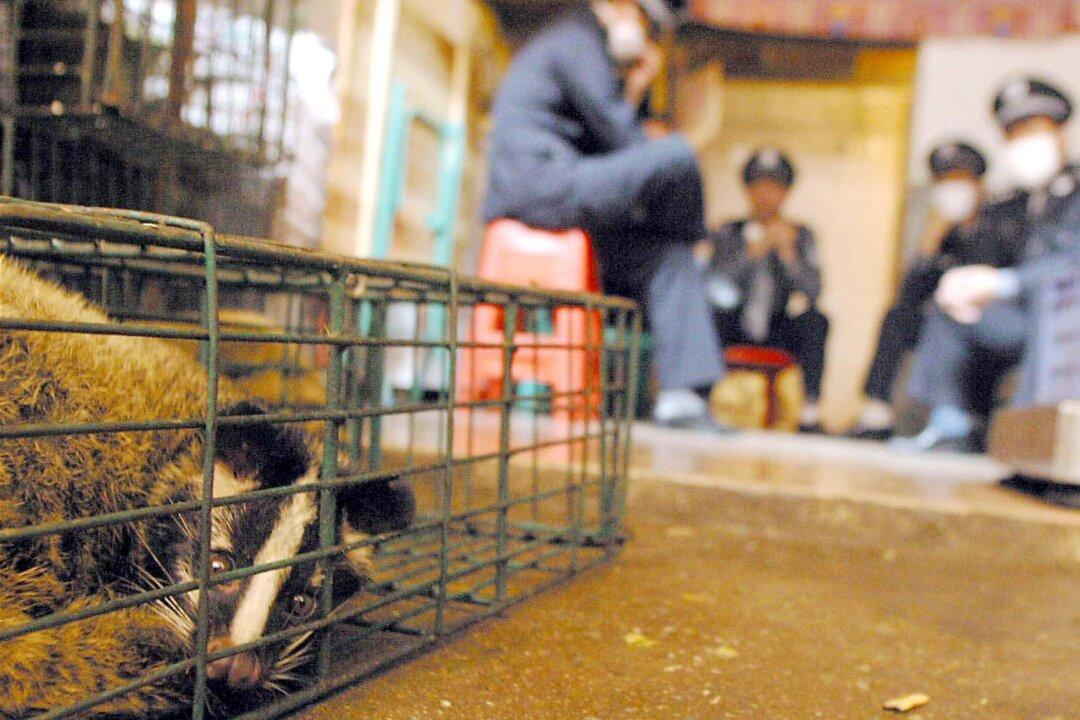The suggestion by the Chinese regime that the CCP virus originated from the Huanan Seafood Wholesale Market in Wuhan, which sold seafood, wild animals, and fresh produce, is contradicted by an internal investigative report dated Jan. 22 that was reviewed recently by The Epoch Times.
While some of the city’s first cases were connected to the market, the earliest documented patient wasn’t. Scientists still haven’t determined the virus’s origin; U.S. officials, citing intelligence, said the virus was likely naturally occurring, but may have leaked from a virology research lab in Wuhan.





